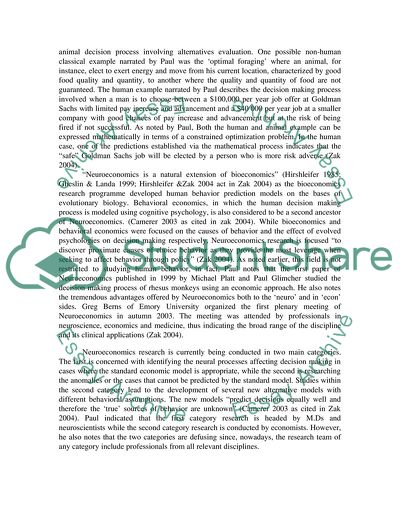Cite this document
(Decision Making Process Essay Example | Topics and Well Written Essays - 3500 words, n.d.)
Decision Making Process Essay Example | Topics and Well Written Essays - 3500 words. Retrieved from https://studentshare.org/macro-microeconomics/1713561-neuroeconomics
Decision Making Process Essay Example | Topics and Well Written Essays - 3500 words. Retrieved from https://studentshare.org/macro-microeconomics/1713561-neuroeconomics
(Decision Making Process Essay Example | Topics and Well Written Essays - 3500 Words)
Decision Making Process Essay Example | Topics and Well Written Essays - 3500 Words. https://studentshare.org/macro-microeconomics/1713561-neuroeconomics.
Decision Making Process Essay Example | Topics and Well Written Essays - 3500 Words. https://studentshare.org/macro-microeconomics/1713561-neuroeconomics.
“Decision Making Process Essay Example | Topics and Well Written Essays - 3500 Words”, n.d. https://studentshare.org/macro-microeconomics/1713561-neuroeconomics.


